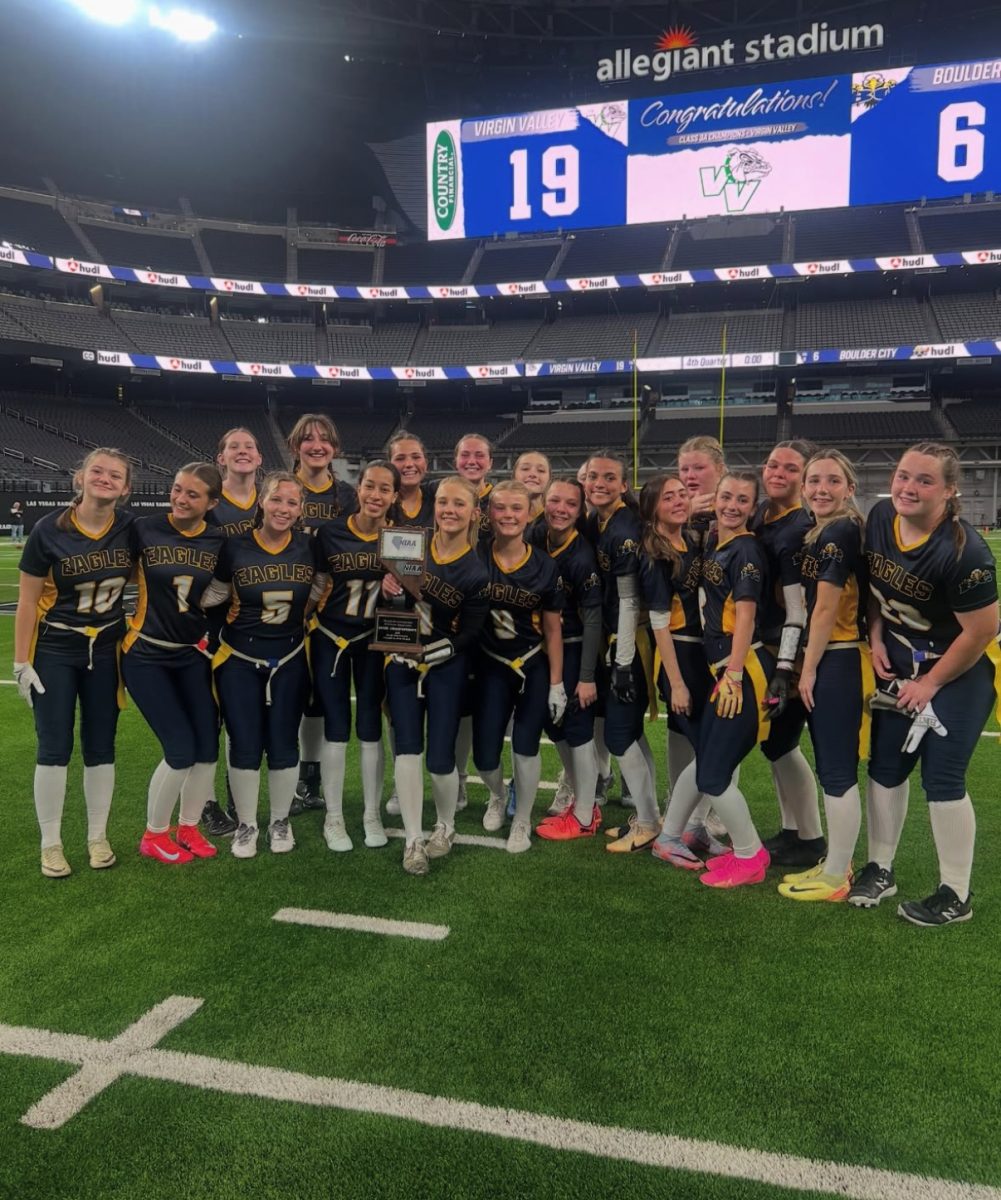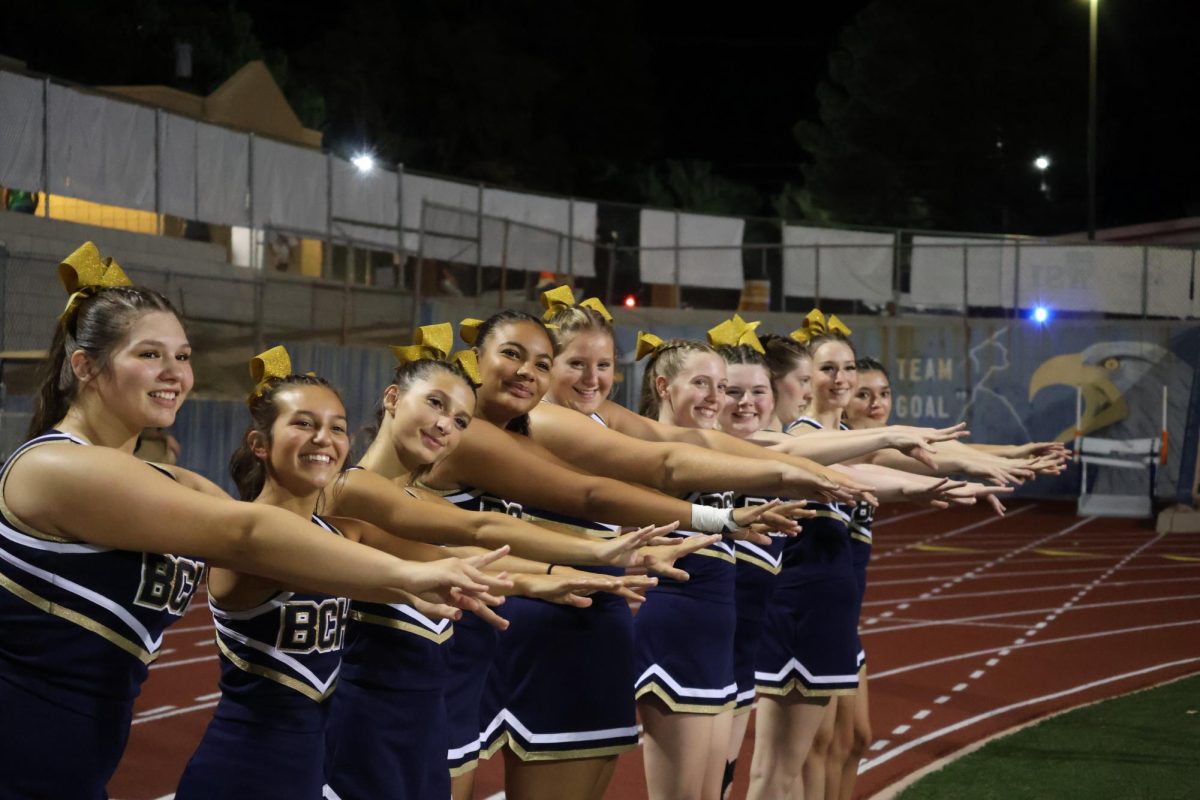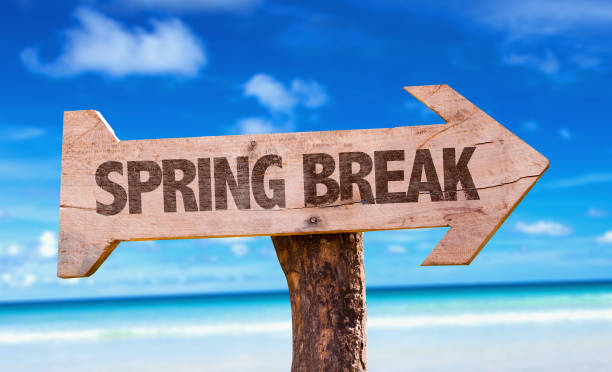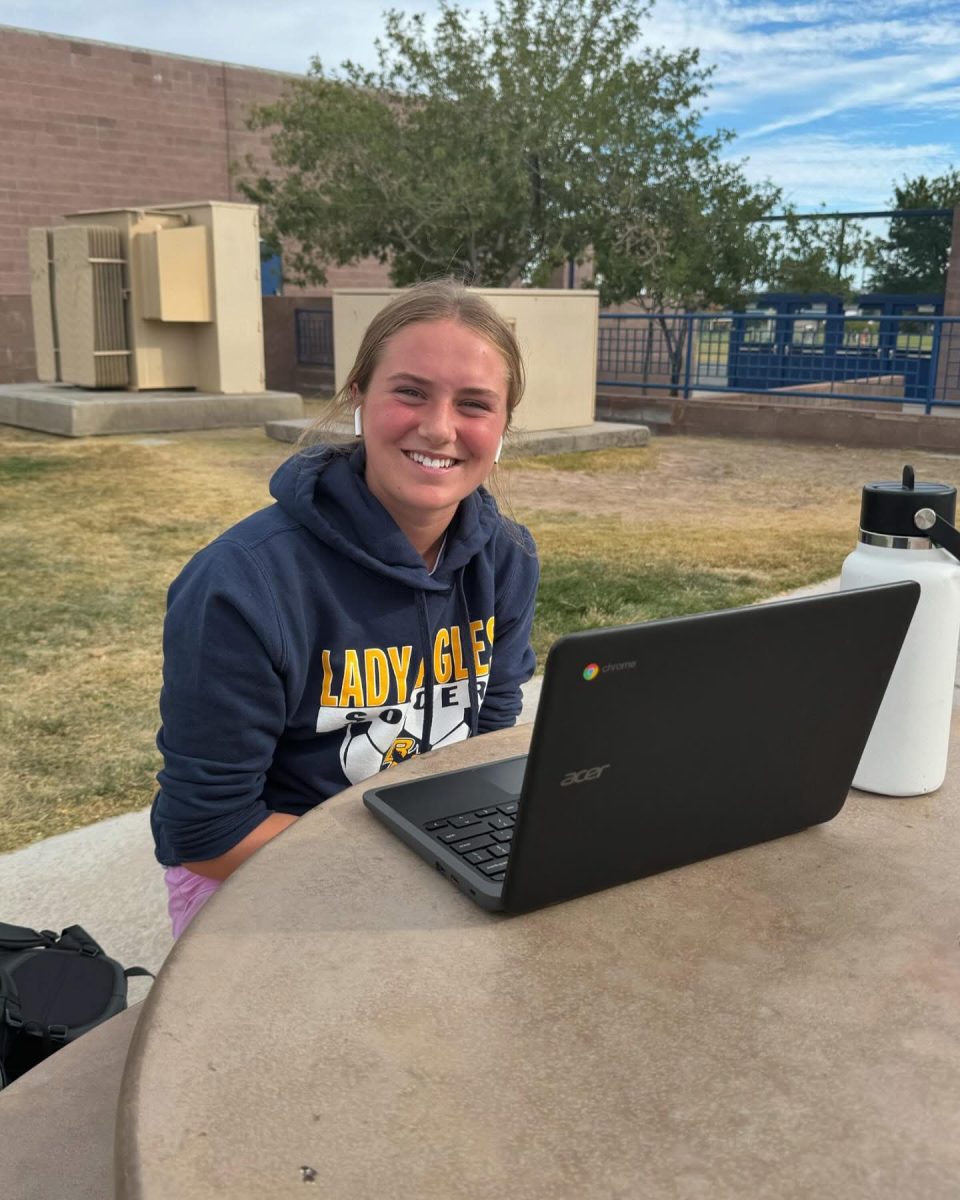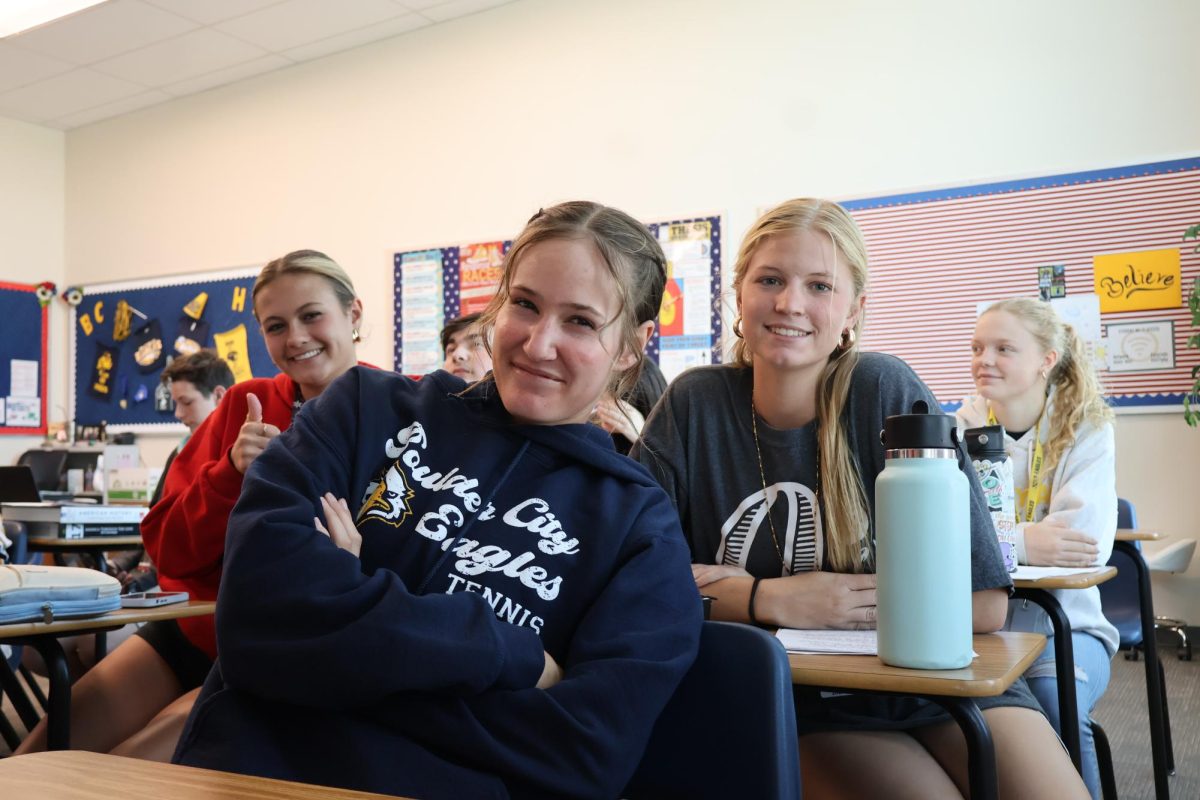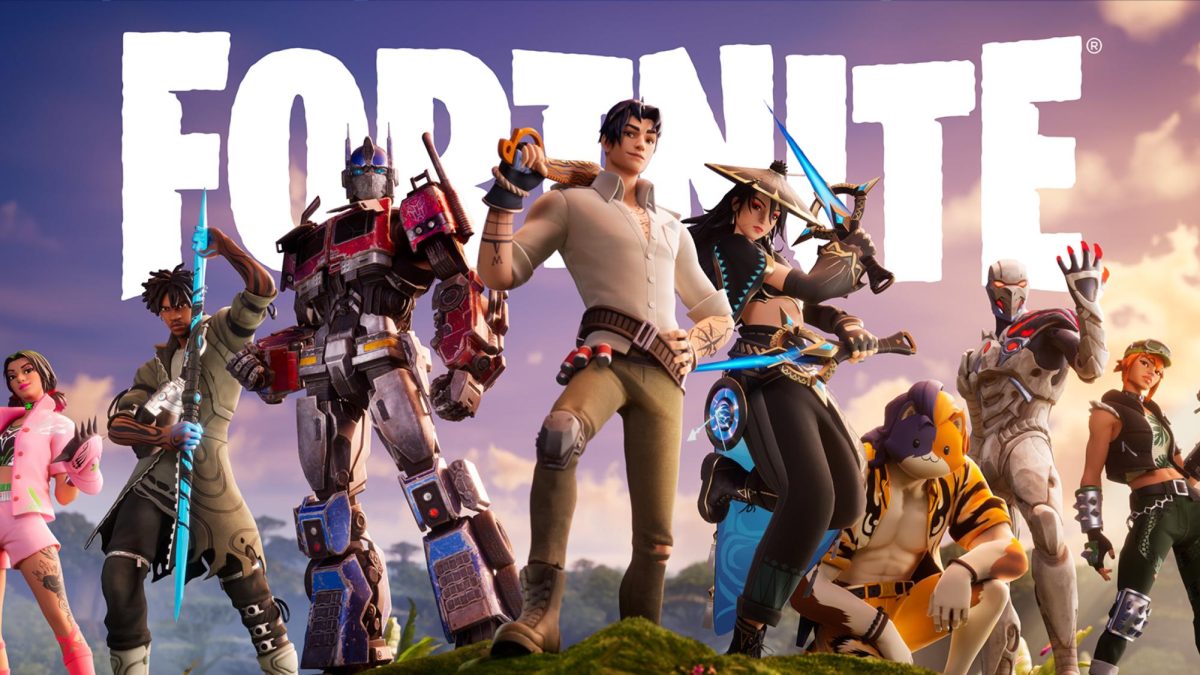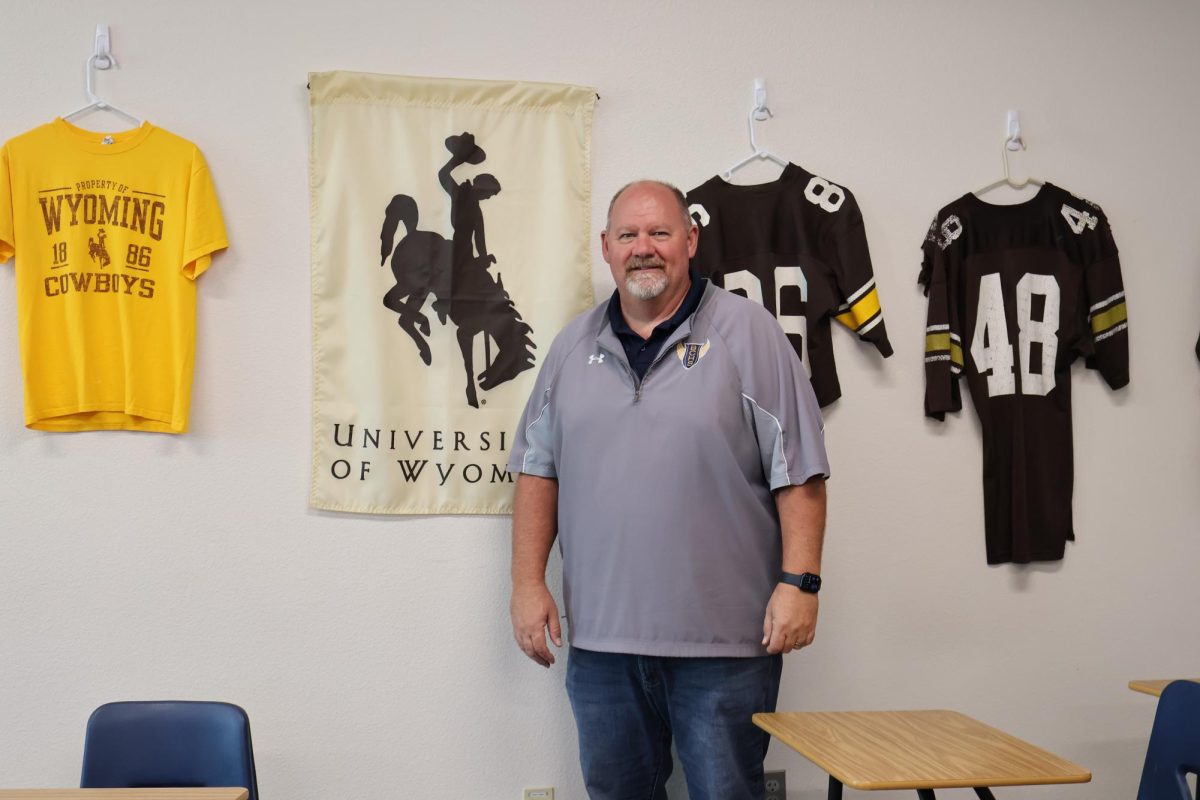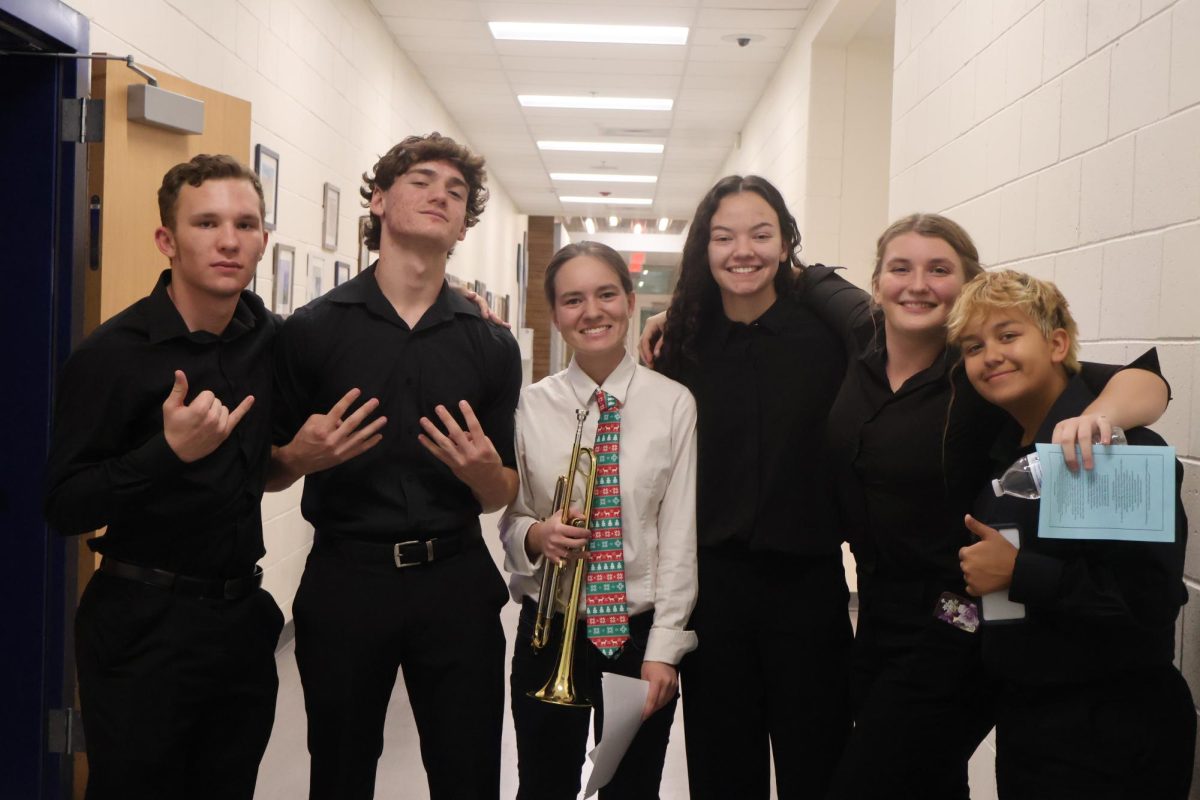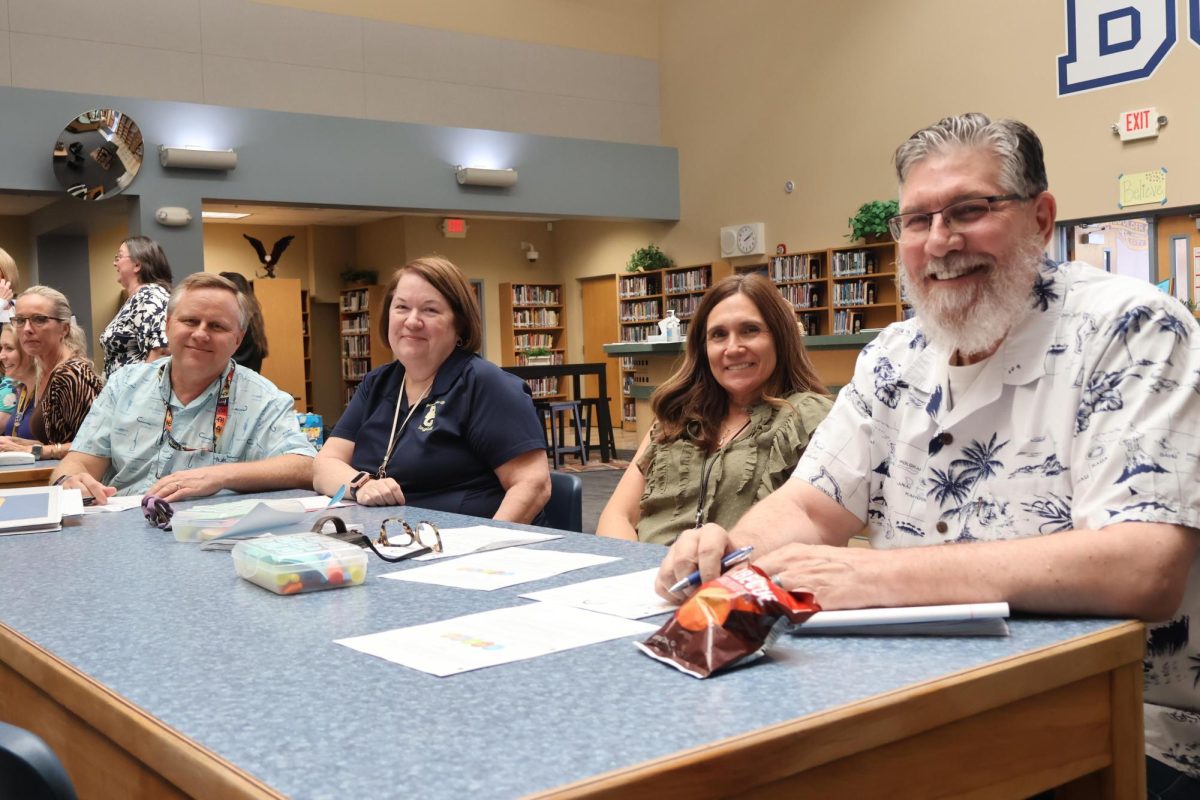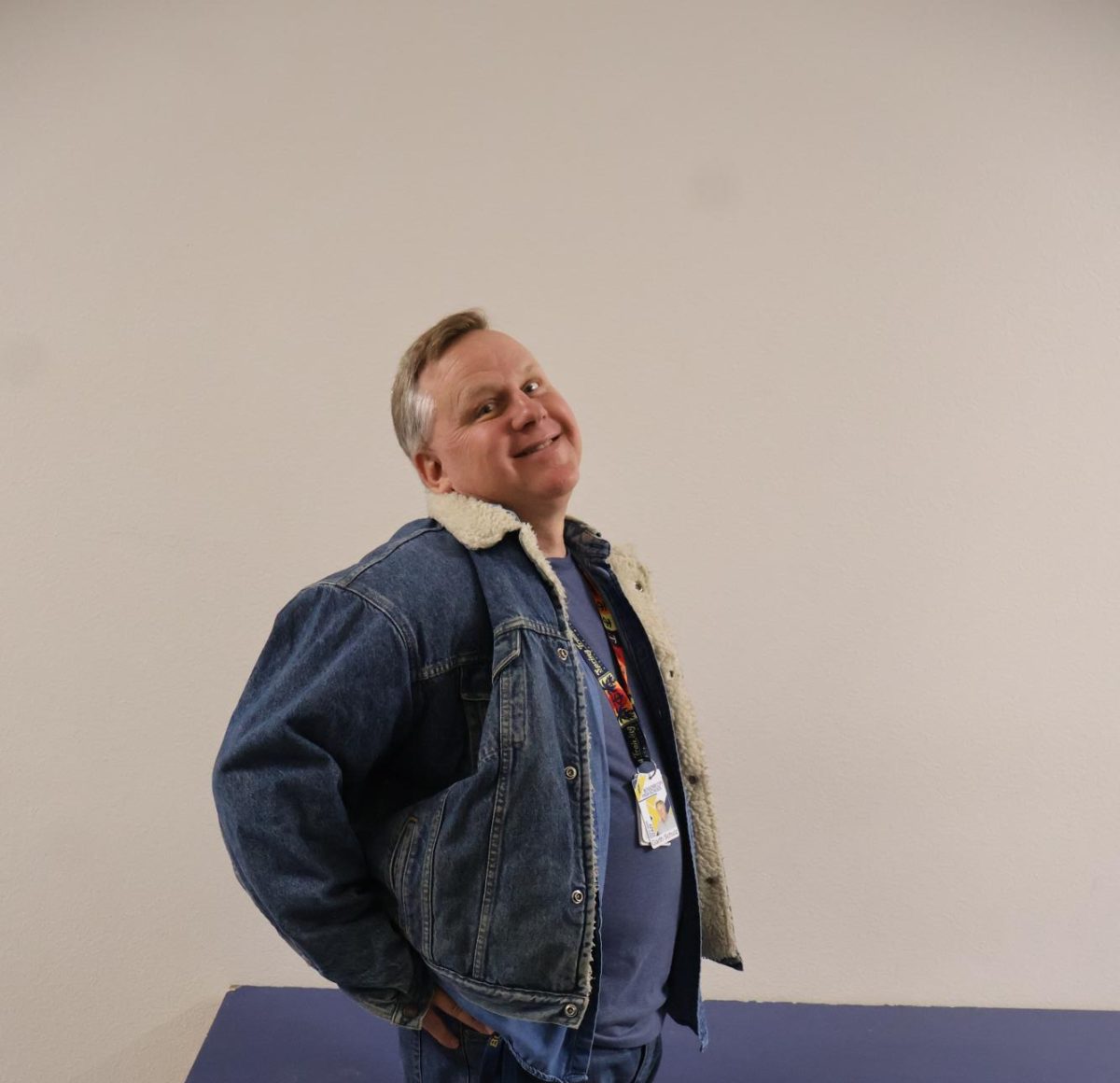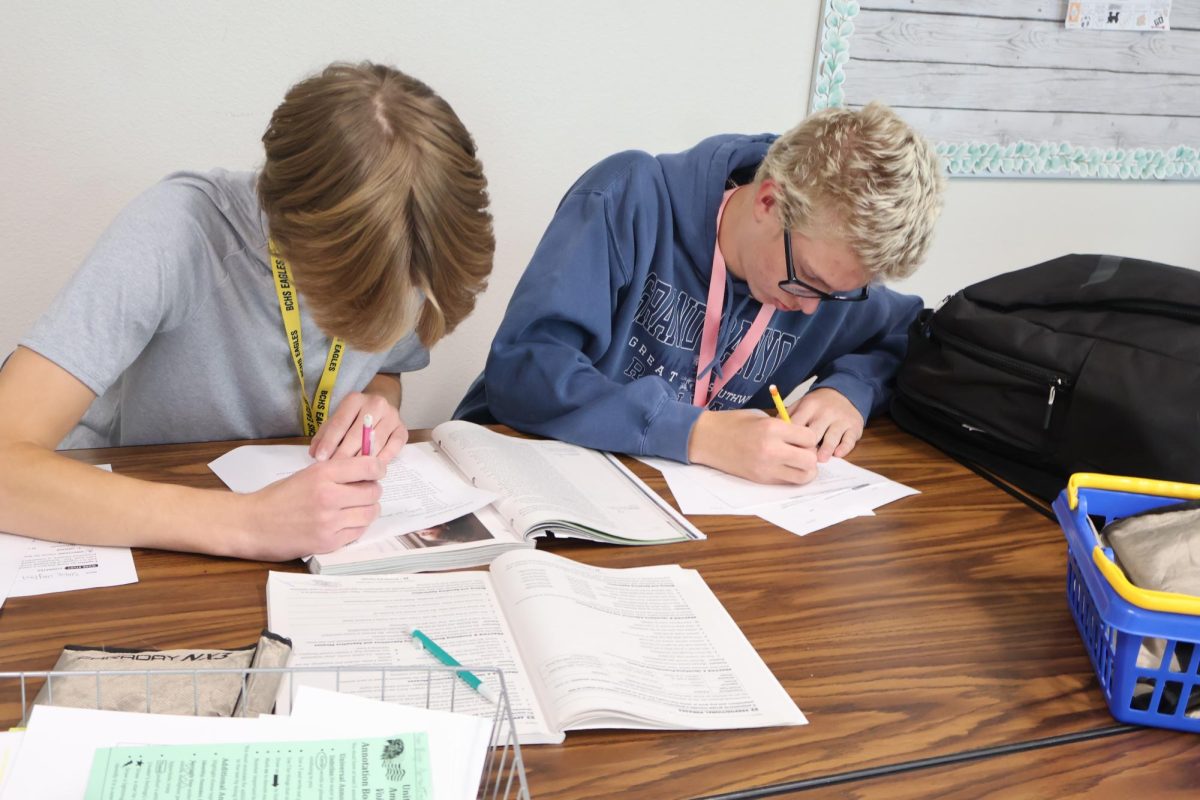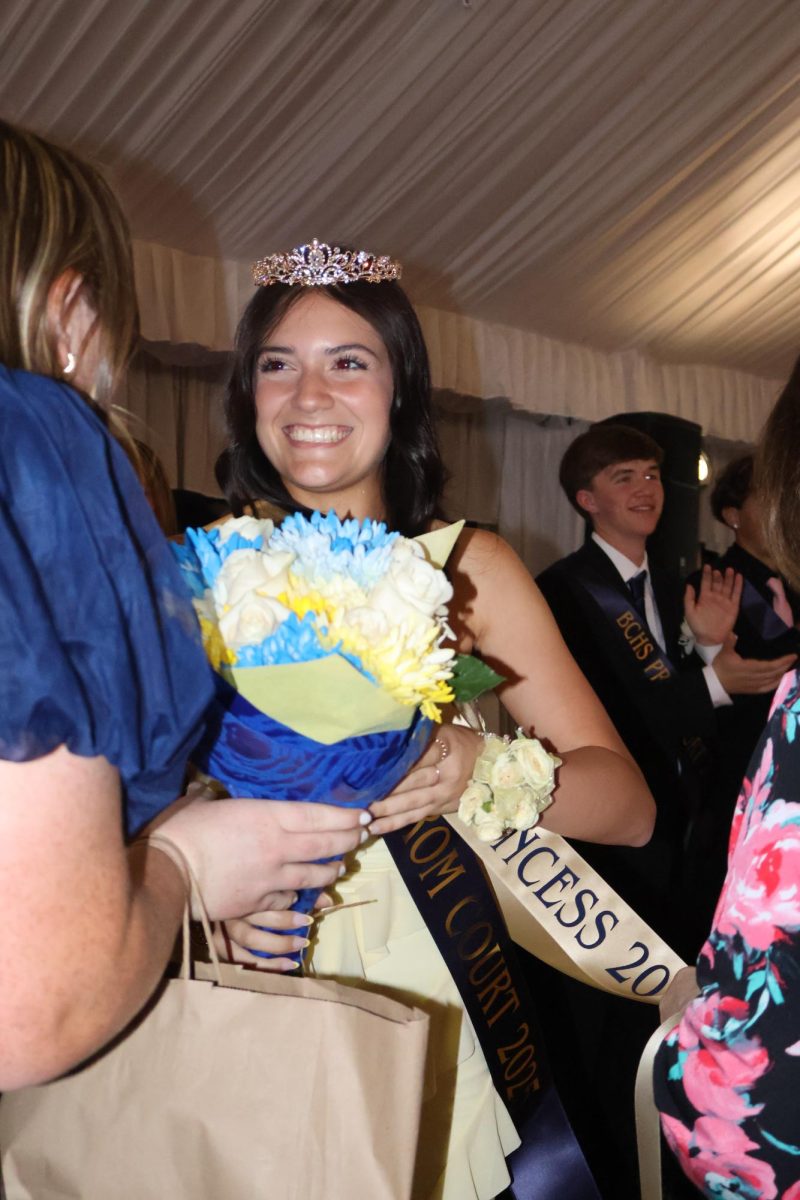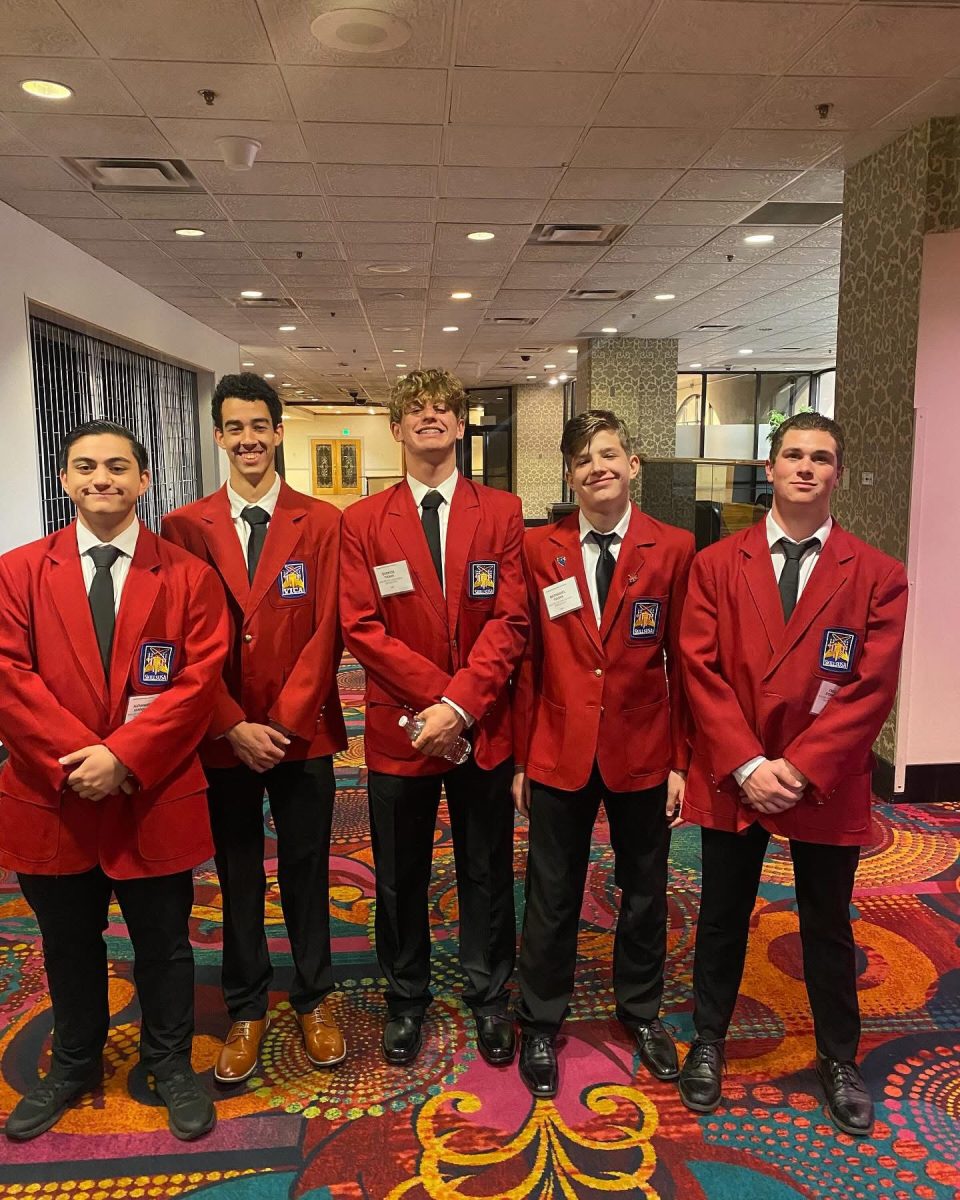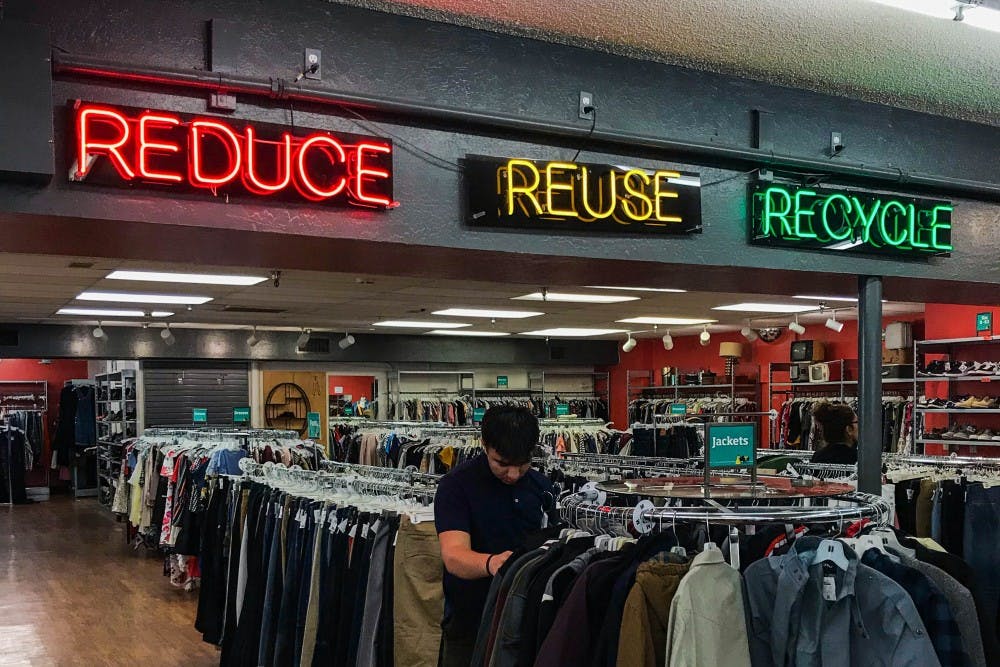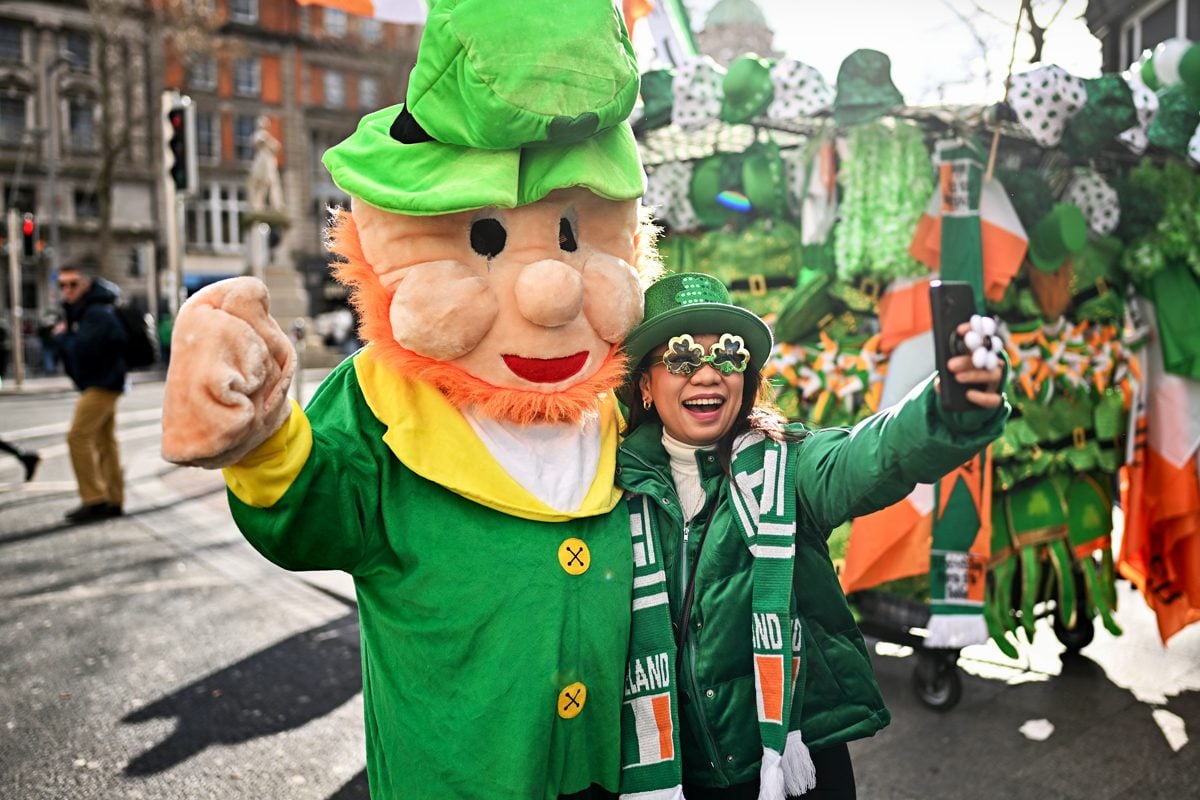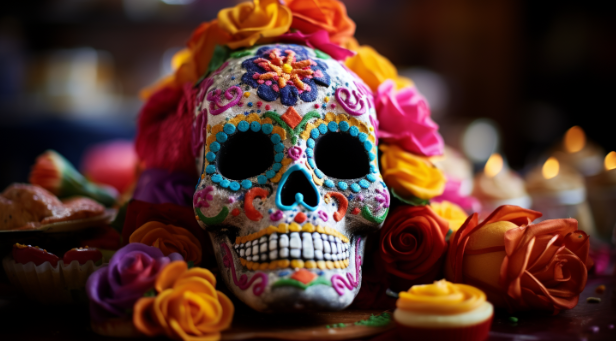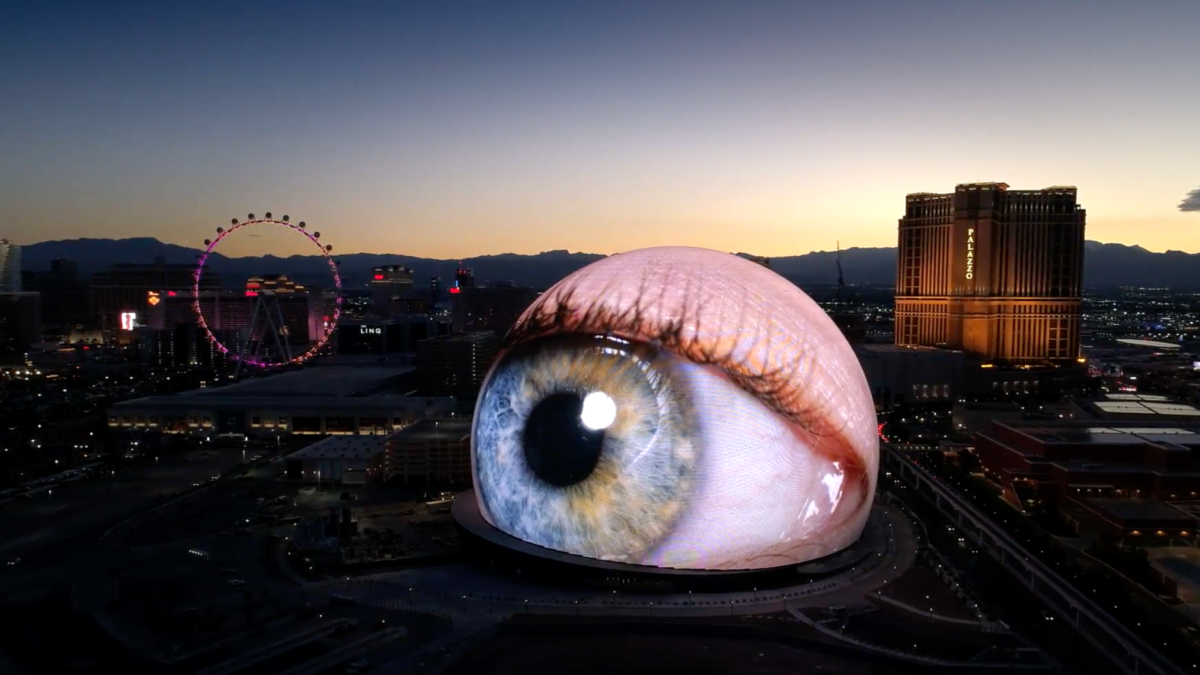In the United States Halloween is an extremely popular holiday celebrated by many. But the Halloween tradition wasn’t originally about dressing up and going trick or treating. Halloween began at the ancient Celtic festival of Samhain (pronounced sah-win or sow-in). It was believed that the division between the living and the dead was at its weakest point, allowing spirits to crossover at Samhain. Families would honor their deceased relatives and friends while dressing up in costumes and masks to ward off the evil spirits that may have come through.
Today’s traditions include dressing up, trick or treating, bobbing for apples, playing pranks, trunk-or-treats, and watching scary movies. Today, it stands as more of a commercial and fun holiday as opposed to its Celtic origins. Around the same time of the year, Latin countries have a similar holiday, the Day of the Dead.
With some similarities to Halloween, The Day of the Dead began gaining popularity in the 1970’s with the help of Chicano activists and artists.
The Day of the Dead is mainly celebrated in Mexico, Guatemala, Ecuador, Paraguay, Haiti, India, and the United States. Due to the spread of Spanish-speaking culture in the United States, celebrating Dia de Los Muertos (Day of the Dead) has become more widely spread. The Day of the Dead is celebrated to remember those who have passed to the afterlife.
Dating back more than 3000 years to the Aztec civilization, the Day of the Dead has been an important part of the central and southern American indigenous population for centuries. When Spanish Conquistadors came to the Americas, they infused Native American traditions such as the Day of the Dead with Catholic beliefs. This influenced the celebration we know today. Catholics celebrate All Saints Day on November 1, and Day of the Dead celebrations begin on November 1.
People who celebrate the Day of the Dead believe that on November 1st kids pass over and on November 2nd adults pass over to come and visit them. Families make large ofrendas (altars) to honor their loved ones’ lives. They prepare and arrange food, activities, and anything their family members enjoyed while living. Ofrendas also usually contain candles, flowers, photos, decorated skulls, holy crosses, and bright colors, along with their favorite things.
Halloween and Dia De Los Muertos are important celebrations to many cultures worldwide. The day of the dead is a celebration of welcoming loved ones spirits back whereas Halloween was used to ward away the evil spirits. Food, music, and festivities hold great significance in both, and people look forward to celebrating them every year.
Both holidays have had an immense impact on United States culture as we know it to be today. Although traditions may not be the same as they were originally intended to be, people still have immense joy in celebrating each year.




